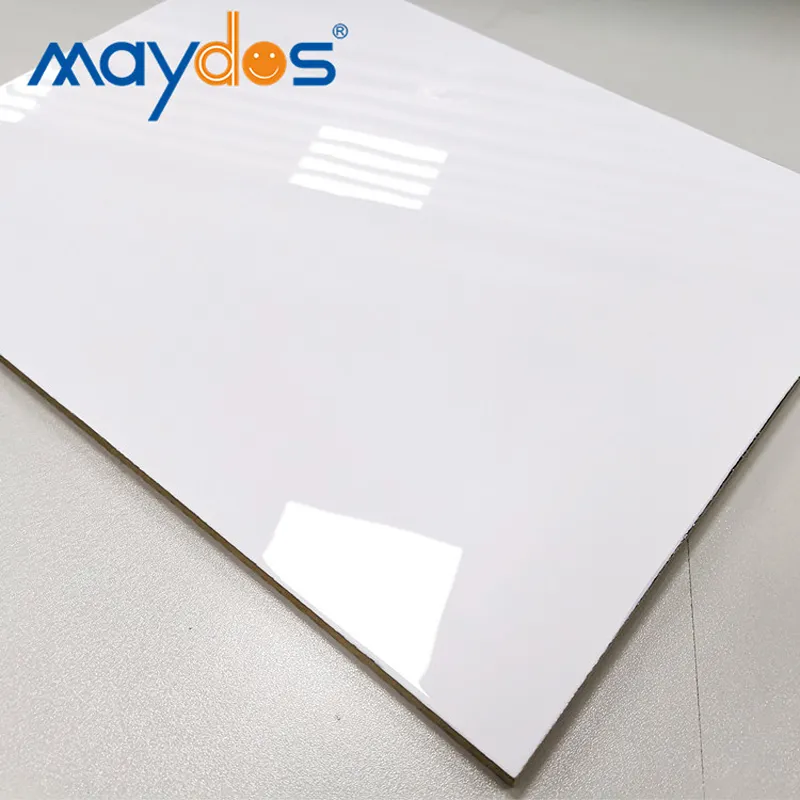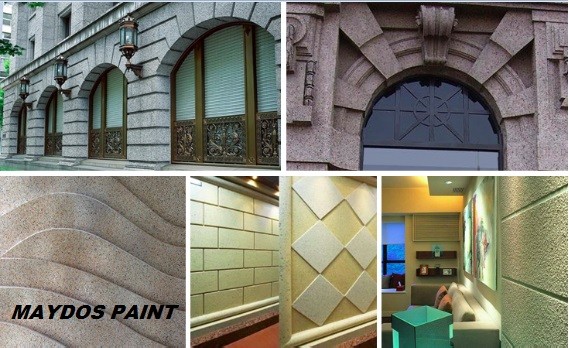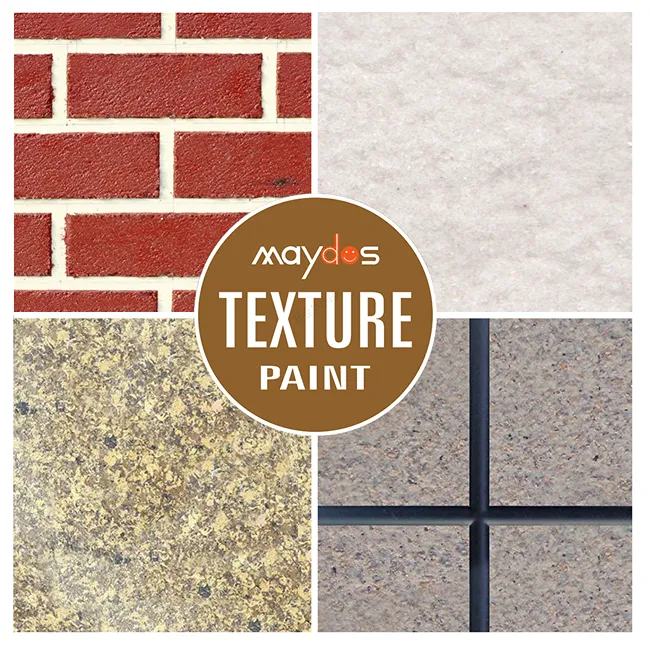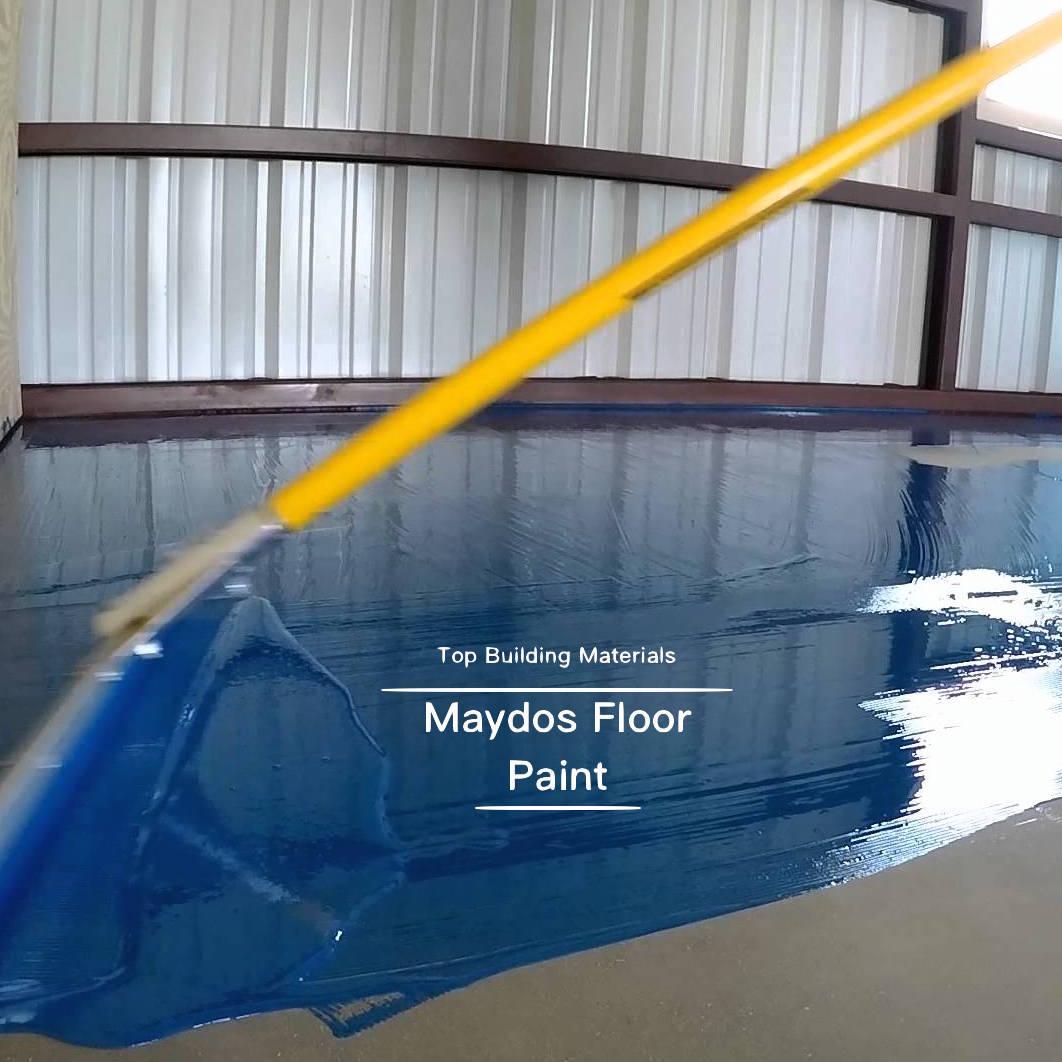Epoxy Floor Coatings
When it comes to self-leveling epoxy flooring, slip-resistant aggregates, easy-to-clean surfaces, and durability, the benefits of epoxy flooring are innumerable. If you’re considering putting epoxy flooring down in your home, read on to find out more about these benefits. Epoxy floor coatings are one of the most popular types of flooring available on the market today. Here are some of the advantages of installing them.
Self-leveling epoxy flooring
A self-leveling epoxy floor is one of the most popular choices for use in industrial settings. It can be applied in almost any color and can even be customized with custom shapes and logos. Because of its unique characteristics, self-leveling floors are especially popular in industries with high static levels. NASA, for example, chose Stonlux ESD for its highly sensitive environment. The installation process of a self-leveling epoxy floor varies slightly from one manufacturer to another.
Self-leveling epoxy floors are highly durable and come in a variety of colors. Some varieties can be blended with metallic pigments for a swirling lava effect. Compared to traditional flooring materials, self-leveling epoxy doesn’t require extensive maintenance. It is easy to clean and won’t harbor bacteria or dirt. Self-leveling epoxy flooring is safe to walk on even when wet, which makes it an excellent choice for public areas such as cafeterias and locker rooms.
If you’re looking for a cost-effective solution to an outdated concrete floor, self-leveling epoxy can be the right choice for your commercial space. It can transform a worn-out concrete floor into a new and attractive surface that requires minimal maintenance. This type of floor is low-maintenance, easy to clean, and will remain so for many years. That’s the beauty of self-leveling epoxy.
Another benefit of self-leveling epoxy is that it provides a smooth, glossy finish. These types of floors are often favored by industries that need floors to be completely flat. In these cases, self-leveling epoxy provides a uniform surface, eliminating unevennesses caused by rollers and other tools. This consistency is especially important in industrial settings where floor safety is essential. It also protects against damage to the floor that may occur when wet or muddy.
Slip-resistant aggregates
Professional installers of epoxy floor coatings incorporate slip-resistant aggregate into the final coat. This is also known as anti-skid. A professional installer can adjust the amount and type of anti-skid to make the floor easier to clean and maintain. Aggregates can be made of aluminum oxide, polypropylene, glass spheres, or even walnut shells. Colored quartz provides excellent slip resistance. Silica sand is a good choice for machine shops and other environments where traction is a must.
Slip-resistant aggregates are essential to creating a slip-resistant floor. These materials can be manufactured with different grit sizes and colors, which can be selected to match the environment. Aluminum oxide is the most durable anti-slip aggregate, but is also the most noticeable and difficult to clean. Because of its hard surface, it’s not recommended for barefoot use. Typically, it’s broadcast into the topcoat while it’s wet and backrolled to evenly distribute the material.
An anti-slip epoxy floor coating such as Safety Coat Rapid uses special aggregate suspended in a liquid and dries to a smooth surface within a day. The smooth surface of Safety Coat Rapid makes it easier to clean than traditional gritty paint, and it’s suitable for both interior and exterior coatings of wood and concrete. Slip-resistant aggregates are also ideal for floors in heavy-wear areas such as airplane hangars, garages, and warehouses.
If the slip-resistance level is not necessary, you can opt for less aggressive or more aggressive aggregates. But you should consider the cleaning process of the surface. The more aggressive slip resistance is harder to maintain, while the more angular the aggregate, the more difficult it will be to clean it. But the downside to aggressive slip resistance is that it requires more effort to clean the surface. This is a necessary feature in certain circumstances.
Durability
A great way to improve the durability of your floors is to apply an epoxy floor coating. This material bonds with the concrete surface and hardens into a highly durable material. These floor coatings can be applied to many different surfaces, including floors in garages and industrial sites. These coatings are durable, stain and chip-resistant, and can be customized to fit any decor or home theme. Here are some of the benefits of epoxy floor coating.
For the best results, choose an epoxy floor coating that is based on 100% solids and is Aliphatic in nature. Low-solids epoxies and polyureas will not last as long. Also, choose a true topcoat with appropriate abrasion ratings. Water-based epoxies and coatings without performance ratings are not recommended for use on concrete floors. Before applying the coating, you should first etch the concrete to determine its condition.
Although epoxy floors are tough, they are not foolproof. Heavy impact and traffic can cause them to chip and peel. Therefore, you may want to consider other flooring options. For instance, vinyl flooring may be an excellent option in some circumstances, but may not be durable enough for your needs. If your floor is regularly used, epoxy may be the right choice. A good epoxy floor coating will be long-lasting and aesthetically pleasing.
Commercial grade epoxy floor coatings are durable and resistant to many hazards. These coatings are formulated to withstand many different types of cleaning agents, gas, oil, transmission fluid, and other industrial chemicals. Because of this, they are the best choice for high-demand environments. A thicker epoxy coating will also cover minor imperfections in concrete. The coating also resists heat and moisture, which makes it a great choice for industrial floors.
Before you apply epoxy flooring, you must prepare the floor surface. First, you must clean the concrete floor thoroughly and remove any solvents, grease, or oil. Then, you should also fill any cracks. The whole process can take several days, and a prolonged curing time will produce a much stronger finish. However, if you are not able to wait for a week for your floor to cure, you may consider a faster curing method.
Easy to clean
While epoxy floor coatings are tough, accidents do happen and it is important to know how to clean them properly. Grit and sand can damage the coating over time and should be vacuumed regularly to remove them. Be sure to use a soft brush attachment when vacuuming to prevent dilution of the cleaning solution. To prevent excessive wear on your floor, you should vacuum it at least once a week.
You can make a simple solution to remove dirt and spills by mixing equal parts of lactic acid-based cleaner and water. Mix the two and then apply the solution directly to your floor. Do not allow this solution to sit on the floor longer than two minutes. Rinse thoroughly with cold water afterward. This solution helps remove dirt and grease from the surface of your floor. Make sure you only apply a small amount of solution to the surface of your epoxy floor at a time.
The first step to cleaning your epoxy floor is to sweep and vacuum thoroughly. Once you’ve finished sweeping the floor, make sure you remove any obstructions to avoid scratching the coating. Then, you can use a soft bristle push broom to remove surface dirt and debris. Use a clean towel to wipe up the solution. Clean the floor using these steps regularly to maintain its luster and appearance.
To use simple green cleaning solution, you can mix a half cup of ammonia with a gallon of water. The solution will not damage the coating but should not damage it. Ensure that you use a solution that doesn’t leave behind any streak marks and isn’t too concentrated. Moreover, you must also be careful not to use soap-based cleaners. They can cause the coating to peel off.
Use a soft brush attachment on your vacuum. This tool will remove the dirt that embeds itself into the Epoxy surface. Grit can also scratch the Epoxy floor over time, so removing grit will help prolong the lifespan of the coating. The frequency at which you vacuum depends on how much dirt gets tracked onto the surface. Heavy equipment should be moved grit-free before cleaning. If you can, invest in a shop vacuum with a soft brush attachment for easy cleaning.





















